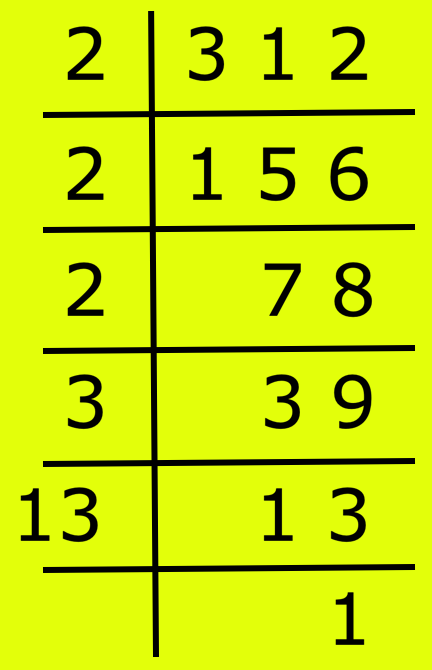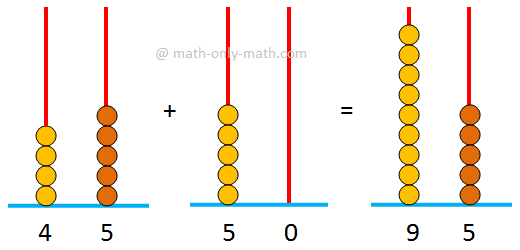Introduction of Quadratic Equation
We will discuss about the introduction of quadratic equation.
A polynomial of second degree is generally called a quadratic polynomial.
If f(x) is a quadratic polynomial, then f(x) = 0 is called a quadratic equation.
An equation in one unknown quantity in the form ax2 + bx + c = 0 is called quadratic equation.
A quadratic equation is an equation of the second degree.
The general form of a quadratic equation is ax2 + bx + c = 0 where a, b, c are real numbers (constants) and a ≠ 0, while b and c may be zero.
Here, x is the variable, a is called the coefficient of x2, b the coefficient of x and c the constant (or absolute) term.
The values of x which satisfy the equation are called the roots of the quadratic equation.
Examples of quadratic equation:
(i) 5x2 + 3x + 2 = 0 is an quadratic equation.
Here, a = the coefficient of x2 = 5,
b = coefficient of x = 3 and
c = constant = 2
(ii) 2m2 - 5 = 0 is an quadratic equation.
Here, a = the coefficient of m2 = 2,
b = coefficient of m = 0 and
c = constant = -5
(iii) (x - 2)(x - 1) = 0 is an quadratic equation.
(x - 2)(x - 1) = 0
⇒ x2 - 3x + 2 = 0
Here, a = the coefficient of x2 = 1,
b = coefficient of x = -3 and
c = constant = 2
(iv) x2 = 1 is an quadratic equation.
x2 = 1
⇒ x2 - 1 = 0
Here, a = the coefficient of x2 = 1,
b = coefficient of x = 0 and
c = constant = -1
(v) p2 - 4p + 4 = 0 is an quadratic equation.
Here, a = the coefficient of p2 = 1,
b = coefficient of p = -4 and
c = constant = 4
11 and 12 Grade Math
From Introduction of Quadratic Equation to HOME PAGE
Didn't find what you were looking for? Or want to know more information about Math Only Math. Use this Google Search to find what you need.
Recent Articles
-
5th Grade Factors and Multiples | Definitions | Solved Examples | Math
Mar 23, 25 02:39 PM
Here we will discuss how factors and multiples are related to each other in math. A factor of a number is a divisor which divides the dividend exactly. A factor of a number which is a prime number is… -
Adding 2-Digit Numbers | Add Two Two-Digit Numbers without Carrying
Mar 23, 25 12:43 PM
Here we will learn adding 2-digit numbers without regrouping and start working with easy numbers to get acquainted with the addition of two numbers. -
Worksheet on 12 Times Table | Printable Multiplication Table | Video
Mar 23, 25 10:28 AM
Worksheet on 12 times table can be printed out. Homeschoolers can also use these multiplication table sheets to practice at home. -
Vertical Subtraction | Examples | Word Problems| Video |Column Method
Mar 22, 25 05:20 PM
Vertical subtraction of 1-digit number are done by arranging the numbers column wise i.e., one number under the other number. How to subtract 1-digit number vertically? -
Worksheet on 11 Times Table | Printable Multiplication Table | Video
Mar 22, 25 05:08 PM
Worksheet on 11 times table can be printed out. Homeschoolers can also use these multiplication table sheets to practice at home.






New! Comments
Have your say about what you just read! Leave me a comment in the box below. Ask a Question or Answer a Question.